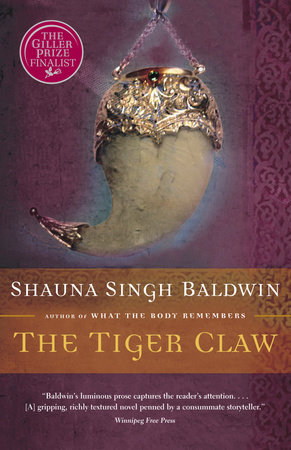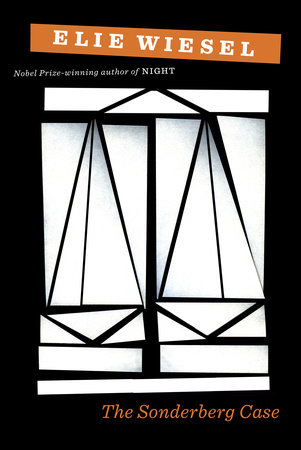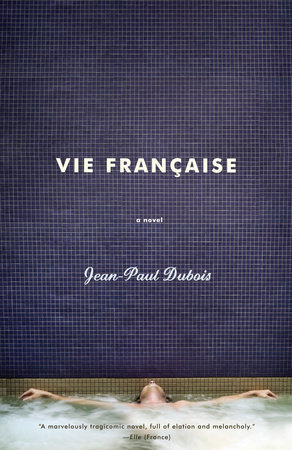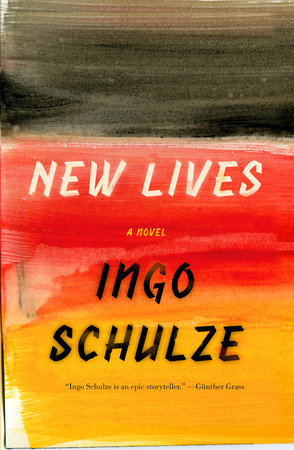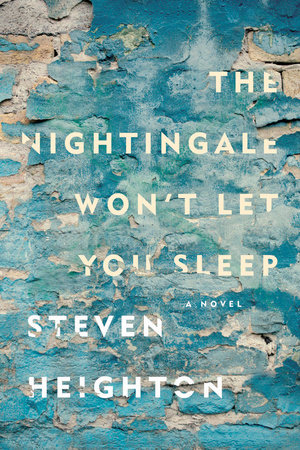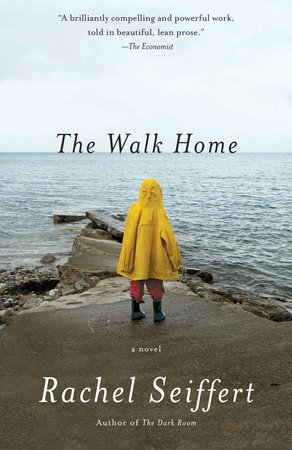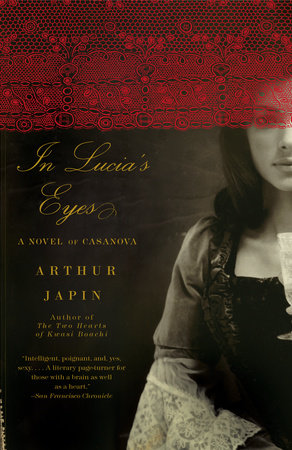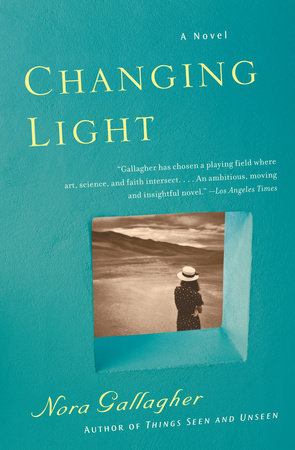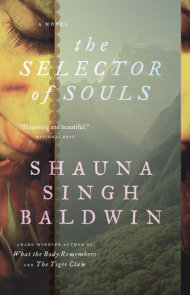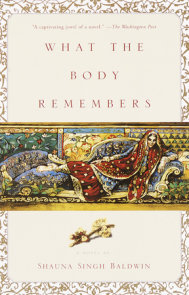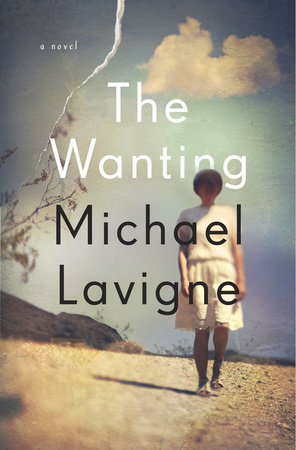Author Q&A
You have your MBA, own a restaurant and have worked as a radio producer. Can you tell us how you became a writer? What path in your career led you to writing?
Reading led me to writing. I grew up in India in the seventies, and the nineteenth-century English novel was prescribed reading. At the time, Indian authors were “writers” and English authors were “authors” and a story meant something about people named Bathsheba, Kim and Sherlock Holmes, not people named Madhuri, Premjit, Nadeem or Subramanium. I read stories with characters and places that were very exotic to me — Enid Blyton, Nancy Drew, Dickens, Shakespeare, Dostoyevsky and Mark Twain — and came through unscathed, just as people who read Tagore, Kabir or Markandaya will, too.
I was the annoying kid with the elephantine memory who would whine, “But you said…!” A diarist at nine, I wrote awful poetry in my teens, but I also wrote articles and short stories for high school and college magazines. Thankfully, my father steered me into business, so I can support myself while feeding my writing habit.
What matters to me as a reader is how a writer describes any place and people — with contempt or love, with judgment or understanding. So, just as I read fiction to enlarge my spirit and understand the world from other points of view, I write to do the same.
What inspired you to write The Tiger Claw? How did you first learn about Noor Inayat Khan?
The only true spy I’ve ever met (that I know of) is Gaston Vandermeerssche, a leader in the Dutch underground in World War II. While Gaston was writing his memoir Gaston’s War, he came across the story of Noor Inayat Khan. “An Indian princess was imprisoned by the Gestapo at the same time and place as I was,” he told me. “Sure,” I said. “Every Indian woman was an exotic houri or princess then, and a wizard programmer today.” “Noor is different,” he assured me. So in 2000, after the publication of What the Body Remembers, I read Madeleine, Jean Overton Fuller’s 1952 biography of Noor. It raised so many questions that I began reading other books about Noor, which only led to more questions, till I finally wrote my way to the possible answers through this novel about a Muslim secret agent in search of her Jewish beloved in World War II France.
I had questions like, who was the piano student Noor was reportedly engaged to for five years before they parted when the Germans invaded? Why did she need a stomach operation in the thirties? What did it mean to be the daughter of a man like Hazrat Inayat Khan, who brought his version of Sufism to the West, a version preaching a Universal God unrecognizable to literalist Islamists? And in a time when India was struggling for independence from the Raj, how did Noor, who came from so Indian a family, justify working for the Raj? Imagination could slip between the silences, and informed speculation could take over where non-fiction could not go. Noor herself captivated and fascinated me, though not for the same reasons that she has fascinated other writers. She made me wonder, how did it feel to be a racially and culturally hybrid person during a war? What was it like to be the only Muslim among the fifty SOE (Special Operations Executive) women in clandestine operations? What kind of survival skills would she have, being nourished by her faith in Allah, yet aware of her minority status as a colonial, a woman and a non-Christian?
Your first novel, What the Body Remembers, was longlisted for Britain’s Orange Prize and won the 2000 Commonwealth Writers Prize Best Book Award in the Caribbean and Canada region. It has also been published around the world to international acclaim. Did you have any concerns when starting your second novel?
I felt I could write another novel, but my concern was finding another story worth exploring for the four or five years it takes me to research and imagine and bring it into being.
I needed a change of scene and theme, and I believe I found both, with a story set in World War II Europe instead of Pakistan, and with a theme of the conflict between Eastern and Western values in a second-generation diasporic, hybrid protagonist.
Noor is of Indian and American descent, was born in Russia, grew up in France and later moved to England. You are much like her, as you were born in Montreal, grew up in India and now make Milwaukee your home. Do you feel a connection with Noor on the question of belonging and what is home?
Noor dares to hope she will unite with her beloved, despite the opposition of her family, despite differences of faith and borders. My husband and I have a mixed marriage and know the challenges first hand — one reason this book is dedicated to him. I can relate to Noor’s feeling that home is a place with no fixed address, and like her, I accept that better than monocultural people can.
Noor was the only one out of the fifty SOE women sent into wartime France as secret agents who was not like the others. She was a Sufi Muslim, a colonial and a children’s writer. Her search is the search of the Sufi for the Beloved, and of a woman for her mate, of a woman in search of hope in a fascist world. Her hybridity brings the histories of France, Germany and England, and also the U.S. and India into the story, and her position as a colonial leads naturally to comparisons between the colonization of France and other colonizations has experienced or heard of (India, Algeria). From the three timelines in the book, we see Noor dealing with war-time tribalism at a turning point in World War II, 1943; we see her dealing with incarceration from 1943 to 1944; and we see the aftermath of World War II in Europe, in 1945, through her brother Kabir.
In your previous novel, What The Body Remembers, and in The Tiger Claw, your female characters are wilful and determined. Is there a reason you share these headstrong women with your readers?
Passivity implies a lack of motivation and desire. But every human being has both. In fact we have so many desires — we are afflicted, the Buddha tells us, with desires. So I don’t know any passive, accepting women or men. Besides, who would be interested in tales of passive women if such people existed? Men only, maybe? I like women who try not to let themselves be determined by others, even other women. My women characters may be headstrong but they usually care a great deal about the impact of their actions on others. And they are feminist, often long before their time; they dare believe and act as independent people.
To write as a man is to restrict oneself to the timeless but incomplete: love and death. To write with a feminine sensibility is to cover the ground of difference — chasm? —between men and women: subjects such as menstruation, marriage, conception, pregnancy, childbirth, motherhood, co-mothering, surrogate mothering, sisterhood and caring for children. There is progress — men who write novels now have female protagonists. But quite often they are talking to women, and not yet about women.
The Tiger Claw must have involved an incredible amount of research in order to recreate the life and times of Noor Inayat Khan. What challenges did you face writing The Tiger Claw?
World War II was covered in a chapter during my schooling in India. Though 2.5 million Indians had served, it wasn’t considered India’s war. But from my research for What the Body Remembers, the story of two women in a polygamous marriage in colonial India, I knew of the man-made famine Indians had suffered as a result of Churchill’s policies, and of the suppression of dissent in India during the war. Churchill biographies are markedly silent about his famine policies, which caused the deaths of 3.5 million people in India. And on the Internet, information about this famine was posted only on Holocaust-denial websites. But it isn’t top secret — anyone reading Nehru’s most famous work of prison writing, Discovery of India, will learn of the famine in the first chapter. In 1943, Noor would have been as aware of that famine as any educated expatriate Indian.
I collected books that mentioned Noor, immersing myself in accounts of London during the war, reading memoirs and other books about occupied France in French and English. I interviewed a survivor of Dachau and people who had lived through the war in France. I read many fiction and non-fiction accounts of the double agent codenamed Gilbert, who betrayed Noor’s network only days after Noor joined it, and the radio game that misled the Gestapo about D-day. I interviewed people in the Grignon area and found more details of the roundup for which Noor was awarded the Croix de Guerre. In biographies of her father, Noor was mentioned only in footnotes. The official history of the SOE mentions another woman, Renée Garry, in a footnote. My story came alive when I realized the emotional connection between those footnotes.
Each resistance agent I read about, not only Noor, deserves a book be written about his or her exploits. But treatment of captured resistors led me to the question — why was Noor treated differently? Why was she tortured as little as she was, why not more? Why was she held in prison so long instead of being sent to a camp?
To understand Noor’s situation better, I travelled her route through England, France and Germany, visiting apartments she used as her safe houses, places from which she transmitted messages, and the prison where she was kept in chains for 10 months. I walked around Suresnes, the quaint little town outside Paris where she grew up, went to La Mosquée where she must have prayed as a child. In India, I travelled to Baroda, now called Vadodara, to see her ancestral home.
An area I thought would be a tremendous challenge, understanding how people can slide into fascism, was brought to me in real time in contemporary America. After the World Trade Center tragedy of 2001, people I knew began polarizing into pro- and anti-Bush factions, with Bush supporters acquiescing under the excuse of “Security” to amazing violations of international law, the law of the land, as well as civil and human rights. Just as Noor searched for her beloved Armand Rivkin, who was rounded up as a terrorist and locked away in a camp, some woman in Afghanistan waits and prays for news from Guantanamo Bay about her husband, or loved one. Just as Noor tried to send her Armand a message in 1943, some woman is trying to reach her “enemy combatant” husband through the International Red Cross, praying he is alive after two years in prison, trying not to believe he may have been tortured. And just as the French said in the early 1940s, “they must be black marketeers and terrorists,” many Americans in my day are saying the same of the 1100 nameless people rounded up after 9/11 and of 3000 people mentioned in Bush’s January 2003 State of the Union speech. I understand fascism now — it is that time when the worst in us is glorified and rewarded by our leaders.
Noor challenged my preconceptions at every turn. A Muslim woman who received the George Cross for aiding in sabotage operations, a Muslim woman who received the Croix de Guerre for her bravery in facing and killing two German soldiers. Was she a terrorist or a valiant member of the resistance? It was a trompe d’oeil picture where you consciously switch point of view back and forth to see either a vase or twin faces in profile, but not both together. And like that picture flipping in and out of view, Noor is a terrorist in the eyes of the Germans, and a formidable member of the French resistance in the eyes of the Allies.
Other challenges: the second point of view, Noor’s brother Kabir — an RAF pilot who, having bombed Germany during the war, turned to religion, becoming a Sufi Pir like his father. And since I’m not a Muslim, I read widely and talked with many students of Sufism and Islam.
To write Noor’s story, I had to create her opposite. Gestapo interrogator Ernst Vogel. I had to allow him his xenophobia, racism and mortal fears as Allied bombs rained down on his people and his family in Germany. Some writers have humanized Nazi characters by portraying them as loving fathers and faithful husbands; that was too facile. My story deepened when I understood that Vogel had a need we all have — to be loved, though he so loved power that he became incapable of love for others. Sadly, we all know men and women like Vogel.
What was the biggest lesson you learned writing The Tiger Claw?
The Tiger Claw taught me the necessity of clinging to hope in time of war — a lesson I desperately needed in 2003 when the U.S. invaded Iraq. In her time, Noor faced the same intolerance; the locking up of people classified as enemy combatants (Nacht und Nabel) without charges or trials; the sacrificing of non-citizens’ rights; the impotence of the judiciary in the face of the excuse of war; the creation of internal refugees as people try to escape deportation or incarceration; the invasion and plunder of foreign lands to exploit their natural resources.
Fundamentalism and fascism strove to imprison Noor’s body and mute her spirit. She inspires me because she is clear-eyed about racism and prejudices she encounters as a woman and a Muslim, yet dares to hope for a better world. Writing Noor’s story introduced me to issues I’d never considered: the special torments reserved for women in prison, issues of abortion trauma, questions of defining terrorism vs. resistance.
Buddhists believe we make the world anew, every instant. We choose at every instant, whether to go in the direction of our base self, the one the Sufis call the nafs or whether we will move upwards in the direction of enlightenment. Noor, whose name means light, drew me in the direction of light.
What do you hope your readers will walk away with after reading The Tiger Claw?
I hope you will feel as if you rode a time machine back to World War II France. I hope you see parallels between Noor’s time and our present, but if you do not that’s OK — it’s a great story of love and espionage for all times. I want you to feel your time was well spent. I hope the book makes you weep and laugh and think.
Give us your ideal "blurb" for The Tiger Claw. How would you like to see your book described?
A tale of war and espionage about a woman writing to a feminine spirit.
For women and those who love them.
What is the most memorable reaction you’ve had from a reader to your books?
I’m very pleased that each book has helped someone somewhere break open a personal realm of silence.
After English Lessons was published in 1996, I met people who told me the story Family Ties helped them discuss the 1971 war between India and Pakistan. I read Montreal 1962 in Montreal and first one then another turbaned man got up and left the room. I thought, “Oh, no — they were bored, they hate the story.” Later I learned they had left to hide their tears. It happened again in Edmonton, earlier this year. . . . Several schools and colleges have adopted English Lessons as required reading.
A short time after What the Body Remembers was published in 1999, I found myself at the centre of mourning circles in India, Canada and the U.S., surrounded by people breaking years of family-imposed silence, often for the first time. Telling stories of what happened to and among family members during Partition, how loved ones were killed, left behind or lost forever to prejudice.
When What the Body Remembers was published, a Sikh gentleman from Toronto sent me a $25 money order as shagan — blessing from an elder for a job well done. And he wouldn’t take it back! I haven’t cashed it, in case he wants it back on reading The Tiger Claw.
In 2001 I donated a world first edition of What the Body Remembers and a sequinned chunni, like the one Lajo Bhua sews in the novel, to an auction for literacy in South Africa. I sent it with the challenge, “Think what Lajo Bhua and the woman who sewed this chunni could have achieved if they had been literate.” My challenge raised the bidding till the book brought in $600 for literacy.
I was very touched and gratified when a psychotherapist in Montréal told me in 2003 that she was using excerpts from English Lessons and What the Body Remembers to initiate discussions with and among first- and second-generation South Asian Canadian women.
Other amazing reactions:
“When did you first get sucked in by Western Feminism?”
Answer: Around the end of the fifteenth century when the founder of the Sikh religion stated that men and women are equal.
“So you’re the latest Bharati Mukherjee?”
Answer: No, I’m an upgraded version of Shauna Singh Baldwin.
I met a woman who was certain she was Satya from What the Body Remembers reborn in 1965. Another was sure I’m Satya, and was quite disappointed to learn that I was reborn in 1962, not 1965.
“Did they have cars when you were growing up?” (The reader was quite sure I had been alive since 1895, when the story of What the Body Remembers begins.)
Answer: Yes, and we even had bathrooms.
“I met a Sikh once — Sikhs make very good doormen.”
Answer: “Would you like me to hold the door for you or write books for you?”
“Who are you writing for?”
Answer: “Anyone who reads. Would you ask this question of a Euro-American/Euro-Canadian writer?”
“Writers like you just provide ethno-tainment for white culture.”
Answer: “Would you rather we stopped writing?”
“Your people didn’t suffer half as much as mine suffered during Partition.”
Of What the Body Remembers: “You’re way too kind to the Muslims.”
“What the Body Remembers is Sikh propaganda against Muslims.”
Bonus Question: What is the biggest joy in your life as a writer?
Right now, I want to say what Dorothy Parker said, “Having written.” But I know I won’t feel that way very long.
Joy — anytime I find an image or word that feels right.
Special moments of heightened perception when the self falls away and I’m in a different skin. Other than those moments, it’s 90% wrestling. I don’t know from where the compulsion rises, but it’s addictive. I love learning, comparing and travelling in my mind.
